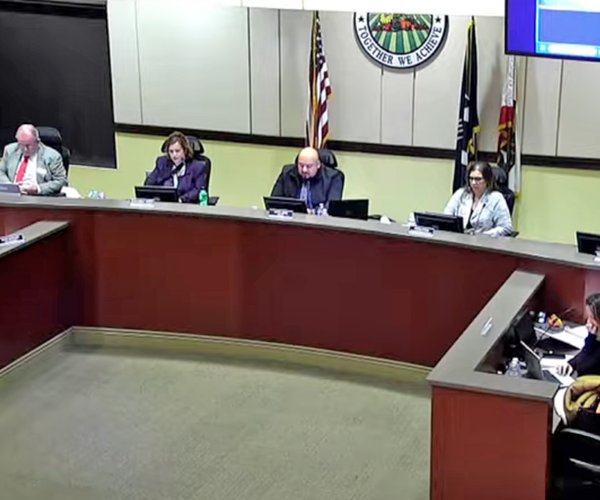After some recent storms followed a dry spell and the hottest Jan. 29-30 on record in local history, the west coast is about to be pummeled by days of rain that are expected to flood roads, swell creeks and streams beginning today.
Welcome to winter in California.
Storms the week of Jan. 14-20 delivered 3.5 inches of rain between since last Friday, bringing the area’s water-year total to 8.67 inches and firmly into the “above average” category, according to Stanislaus State professor Ryan Hollister, who operates a weather station at his home.
On this date last year — a historically wet year — Stanislaus County had received 14.65 inches of rain for the water year.
The average rainfall total for this point in the water year is 6.3 inches.
Local weather was unseasonably warm this past weekend with temperatures reaching 72 in Ceres on Monday.
According to data provided by Hollister, the hottest January temperature in area history came on Jan. 13, 1898, when the thermometer hit 75 degrees. In fact, nine of the hottest January temperatures on record were recorded in 1898.
The record high for Jan. 29 in local history was 67 degrees in — you guessed it — 1898. When the mercury hit 72 degrees on Monday it set a new record for that date.
The spring-like weather is ending with buckets of rain expected to splash all over Stanislaus County.
“An atmospheric river is a long, condensed moist air mass,” said Chelsea Peters, a meteorologist with the National Weather Service in Sacramento. “And they can differ in magnitude depending on how much moisture. It’s essentially a river in the sky.”
Rain, snow, flooding and landslides are all possibilities across the state.
“Winds are a pretty big concern for this first system,” said Peters. “Winds of 40 to 55 mph are forecast across Central Valley, with the brunt of that affecting the Sacramento Valley. Modesto/Ceres are on the lower end of that, with 30 to 40 mph, maybe as high as 45 mph, but definitely on the lower end of the wind spectrum.”
“The bulk of heavy moisture and rain and snow are expected Wednesday to Thursday,” said Peters.
The first system is expected to bring 1 to 3 inches of snow, but primarily above 6,000 feet elevation. The second system, which is expected to arrive Friday and be a bigger problem for Southern California, will be a bit fiercer.
"Because the second one is coming off a cold system, snow levels will be heaviest above about 4,500 feet,” said Peters. “But we could see maybe 1-4 inches down to 3,500, and perhaps some flurries in the foothills.”
The silver lining in these rainclouds is, of course, the effect on California’s years-long drought.
Overall, when the storms have run their course, the Sierra Nevada could accumulate anywhere from 3 to 7 feet of snow.
Last year, more than 99 percent of the state was facing at least some level of drought, according to the U.S. Drought Monitor. After last year’s historic precipitation levels, less than 4 percent of the state is considered “abnormally dry,” which is the USDM’s lowest level of drought observance. The rest of the state is completely drought-free.
The Department of Water Resources said that statewide snowpack is 8.4 inches, or 52 percent over average, with storms so far this year being warmer and producing rain instead of snow at higher elevations. The state's snowpack last year was at 214 percent of the norm.
The Turlock Irrigation District, which measures precipitation through the Tuolumne River Watershed, reported 10.95 inches of precipitation through Jan. 22. Nearly six inches of that fell during the month of January.
“This is below the historic September-through-January average for 18.95 inches,” said Brandon McMillan, TID communications specialist. “That being said, we do have some precipitation in the forecast — approximately 5 to 7 inches of precipitation over the next seven days or so.”
Don Pedro Reservoir has risen slightly during the recent storms and is at 797.86 feet, which is a few feet below the winter flood control line of 801.9 feet.





